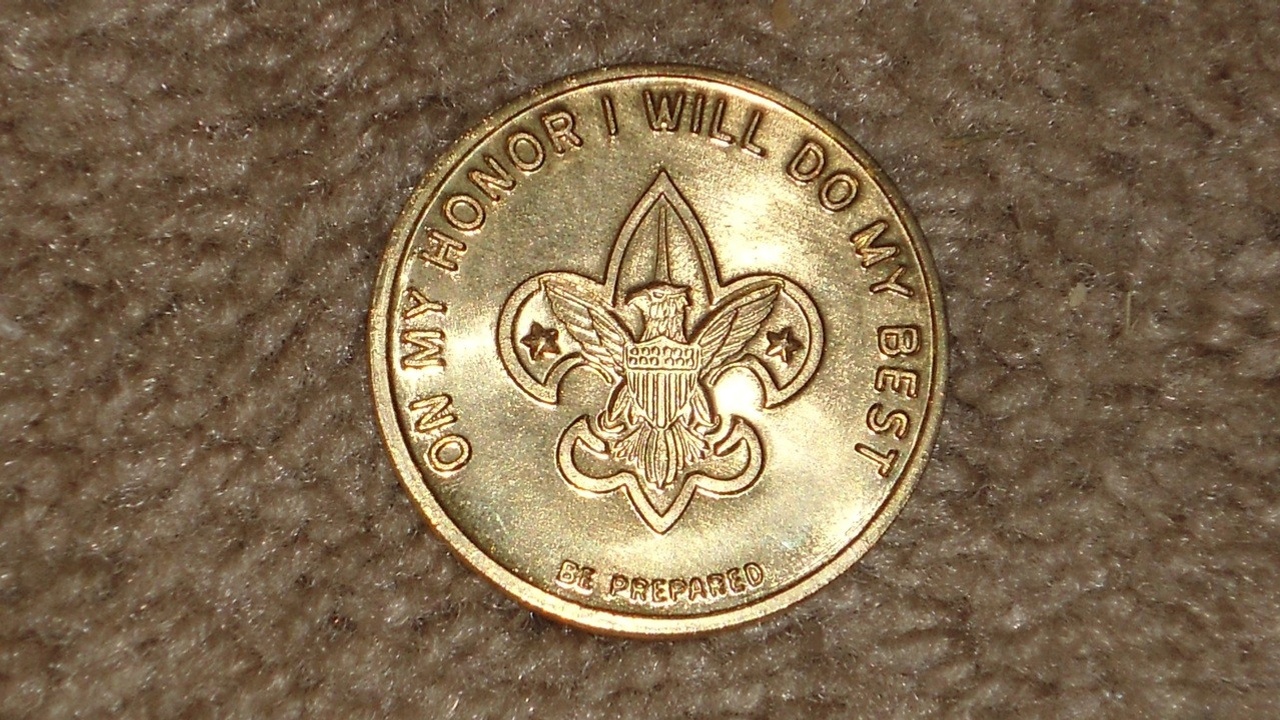Be Prepared!
Feb 24, 2022
Once we’ve done the work to chart the course for our team to follow in the years to come so our entire organization achieves what we know it’s capable of and we’ve created an atmosphere that values - and even expects - ongoing leadership development at every level of supervision and management, we still have to face a stark reality… Not one single person on our team today, ourselves included, will be in the same role indefinitely! Things happen, some folks leave the team, others get promoted, health issues come into play, but the show must go on if there’s any hope of staying the course. And let’s be honest here, every individual on our teams is counting on us to keep the ship headed in the right direction through it all!
As a Boy Scout more than 30 years ago, the motto “Be Prepared” was instilled in me from the beginning. That same thought process would serve nearly everyone I can imagine today, especially someone carrying the weight of leading their entire organization! One of the most effective ways I’ve seen leaders Be Prepared has been through building on the strategic leadership example they set with ongoing leadership development and being very intentional about succession planning; ensuring they have bench strength for every critical role…
I remember hearing John Maxwell once say that he has the expectation for every member of his team to be actively training their replacement, even before their own next step in the organization has been identified. If someone on his team isn’t intentional about training their replacement, their spot on the team may be short lived. John doesn’t take this approach with his team members to push them out, he does it to help them become even more successful and to help the organization grow in the process.
When we’ve set the example by always working to develop our own leadership skills, and we see our team members follow our lead, the process for identifying our own successor or the next in line for any given position can be relatively clear. While that’s never without it’s own set of challenges, it certainly creates a layer of depth within our team that helps to insulate us against many of the issues that turnover creates. And having that kind of depth also helps drive overall engagement and performance at every level of the organization, even in roles that don’t hold formal leadership responsibility.
What happens when there’s a gap that we just can’t fill internally, due to timing or a need for a very specific technical skill set we just don’t have?
I’ve always believed that promoting team members from within is one of the best ways a leader can show how much they value their current team and earn engagement from the team as a whole. But there will inevitably be times where this just isn’t an option. In those cases, it’s critical to focus just as much on finding someone who fits the culture as it is on finding someone with the skills we need. And the most effective way I’ve seen at achieving this is to constantly build relationships outside the organization as well.
Even when we need to name a successor for a specific role from outside our existing team though, we still have an opportunity to drive growth within the team. In cases like that, we need to look for the folks who can be groomed to fill that role the next time it becomes available - whether that’s six months or six years later. Being very open with those folks about their future opportunities not only keeps the succession plan moving forward, it helps to build support around the new leader who will likely need to rely on them as he/she gets up to speed in the organization.
Truth be told, these few strategic leadership examples we’ve worked through so far are really just the tip of the iceberg. And I’ve been very intentional to not even touch on technical skills; not only will those be different in nearly every industry, most organizations are pretty effective at developing those internally. But I’ve never seen an organization with too much good leadership! Moving forward, we’ll work through some things that have to happen if we hope to provide deliberate leadership for our teams to follow the course we’ve charted…
90-DAY GUIDE: Lead Your Team Through Any Leadership Challenge
Did You Know?
Growing your leadership acumen is the fastest way to equip your team to lead through today's leadership challenges.
We've been equipping leaders like you for decades. We know you do not need another theory. You need a clear starting point and a simple system. This guide gives you both.
Includes a 90-day action plan.
We hate SPAM. We will never sell your information, for any reason.




